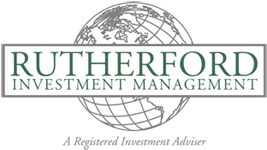What Caused The Crash Of 2:45 PM

While it is unknown exactly what caused the crash, some people believe that a large, $12 billion sell order in mini S&P futures, entered by a Midwestern brokerage firm, may have been the catalyst.
About 70 percent of the orders on the New York Stock Exchange are now done by computers in what is known as flash or high-frequency trading (I wrote about this previously in an August 2009 column for the Daily Journal of Commerce). When the computers saw this huge trade, they instantly sold and started the crash. The NYSE shifted into “slow mode,” which caused incoming orders to shift to humans (specialists charged with maintaining an orderly market) and to other exchanges. (There are more than fifty other exchanges.)
Both the specialists and the other exchanges were swamped. Floor traders at first thought a large European bank must have failed, but then realized that was not true. But the specialists and the computers did get out of the way. Their action […]
